WIRE And CABLE
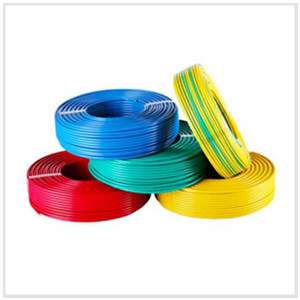
House Wire
Electrical wiring is an electrical installation of cabling and associated devices such as switches, distribution boards, sockets, and light fittings in a structure.
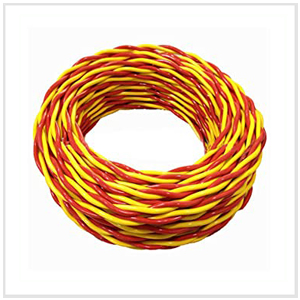
Flexible Wires
Flexible cables, or ‘continuous-flex’ cables, are electrical cables specially designed to cope with the tight bending radii and physical stress associated with moving applications, such as inside cable carriers.

Flat Cables
Flat cables allow for compact designs of electrical conductors and tubing, encasing power, signal, video, data and even pneumatic tubing in one flat profile. By eliminating the multiple layers of fillers, shielding and jacketing used in round cables, they offer reduced space and weight and extremely long lives.

Submersible Wires
Submersible and Pump Cables are designed for connections in water at varying depths and under differing degrees of pressure.
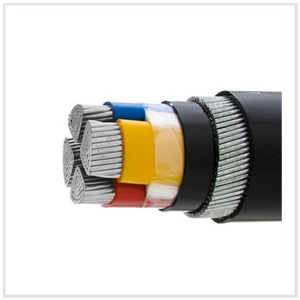
Alluminium Armoured Cables
Aluminium Wire Armoured cables are used in electrical power networks, underground installations, outdoor and indoor applications,
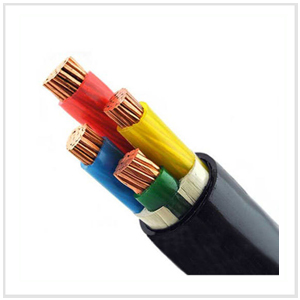
Copper Armourned Cables
The armoured cable is a common cable with an extra protective layer to keep it away from unwanted cut or damage. The armour increases cable life thus improves the performance, reliability, and safety of the cable core.
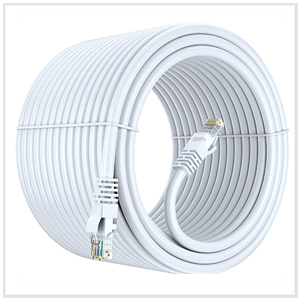
Networking Cat 6 Cables
Category 6 cable, also commonly known as network, LAN or Ethernet data cable, is a 4 twisted pair sheathed copper wire cable that can support data transfer rates of up to 1 gigabits (1,000 megabits). This higher bandwidth allows for quick transferral of large files in an office network.
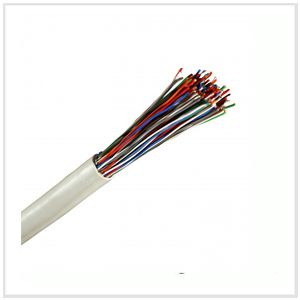
Networking Telephone Cables
A telephone cable is one which connects a computer or telephone to a network. Not only can they help transmit sound but also internet connectivity. Their core generally comprises copper wire (0.3 – 0.9mm) that is covered with PE or PVC
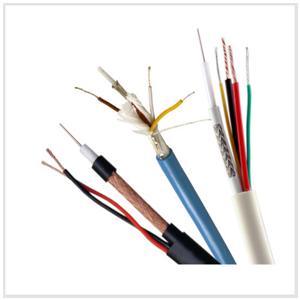
Networking CCTV cables
Security camera cables can be one of the most difficult parts of setting up a surveillance system. The type of security camera cable you need will depend entirely on what system you have and the tasks you are trying to accomplish. If you have an analog system or an IP system, you’ll use different kinds of cables.
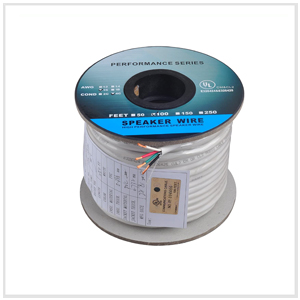
Communication Speaker Cables
Speaker wire is used to make the electrical connection between loudspeakers and audio amplifiers. Modern speaker wire consists of two or more electrical conductors individually insulated by plastic (such as PVC, PE or Teflon) or, less commonly, rubber. The two wires are electrically identical, but are marked to identify the correct audio signal polarity. Most commonly, speaker wire comes in the form of zip cord.

Communication Fiber Optic Cables
A fiber-optic cable is composed of very thin strands of glass or plastic known as optical fibers; one cable can have as few as two strands or as many as several hundreds of them. These optical fiber cables carry information in the form of data between two places using optical or light-based technology
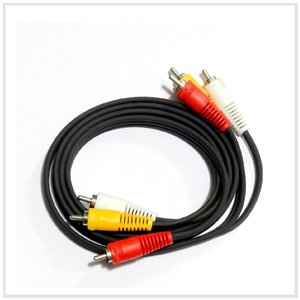
TV cables
cable television, generally, any system that distributes television signals by means of coaxial or fibre-optic cables. The term also includes systems that distribute signals solely via satellite











